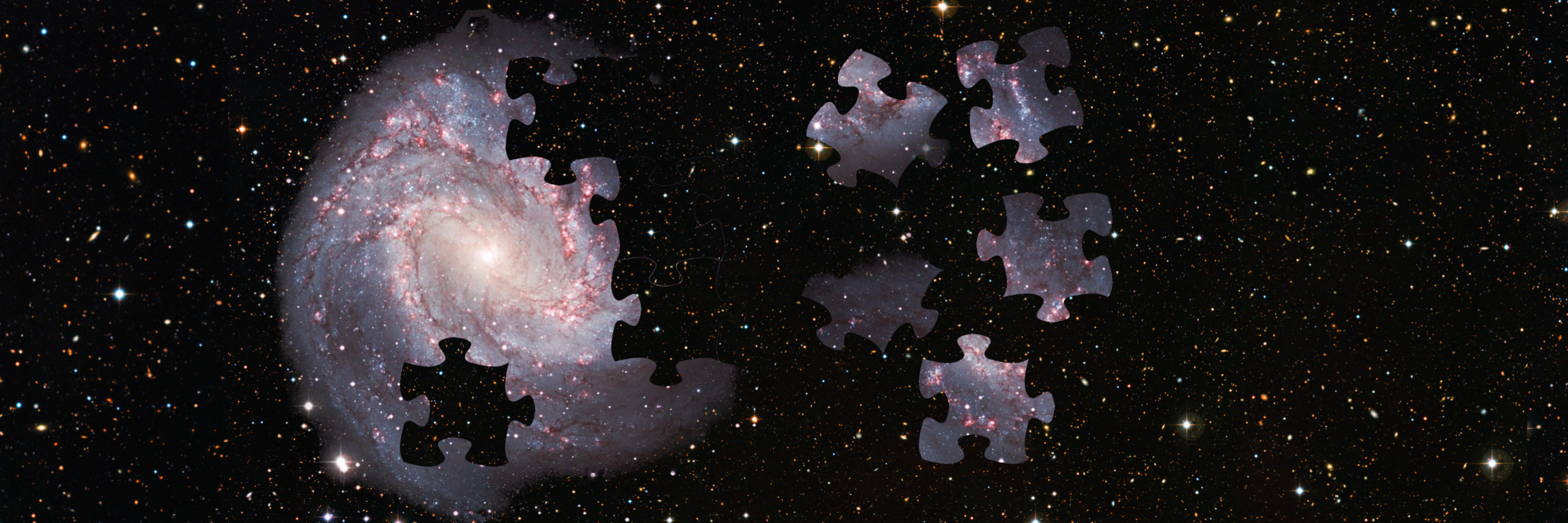Decoding the Galactic chemical enrichment history with stellar abundances
Project funded by a Sonata Bis grant from NCN (2019/34/E/ST9/00133)

Understanding how our Galaxy, the Milky Way, formed and evolved is one fundamental goal of modern astrophysics. Today, the Milky Way contains many billions of stars. These stars have different masses (varying from about 8% of the mass of the Sun up to 100 times as massive as the Sun) and different ages (some almost as old as the Universe – 13.8 x 109 years – and others being formed right now). Astronomers have discovered that these stars are distributed in well organized structures. The Galaxy has a central bulge with a very high density of stars, a rotating disc that contains the spiral arms, and a spherical extended halo of low density where the stars move in random directions. It was also discovered that besides forming its own stars, the Milky Way sometimes accretes external stellar systems that with time mix with the Galactic stellar populations.
The chemical composition of the stars
The stars in the Milky Way also vary in their chemical composition. The pristine material coming from the Big Bang basically contained only H and He. All other elements of the periodic table were formed later. Most of the elements were formed inside the stars, through nuclear reactions. Successive generations of stars, building upon material expelled by the previous generations, make the quantity (or abundance) of these elements increase with time in the Galaxy. The oldest stars known, formed long ago, are composed almost exclusively of H and He with traces of other elements like C or Ca. Most of the younger stars have composition similar to the one of Sun and thus contain all the elements that are also found on Earth.
Even though all this is known to a certain degree, many details are still unknown. We do not know the exact stellar sources of all the chemical elements; we do not know in which timescales these elements are formed; we do not know why stars in the different structures of the Galaxy have different chemical composition; and we do not know the history of formation of the populations of stars in these structures. These are some of the unknowns that will be investigated in this project.
Stars keep the information about the conditions of the Galaxy at the time at which they formed in their distributions of chemical and kinematic properties. Thus, through the study of the composition of a large number of long lived low-mass stars, formed at different moments and places, it should be possible to reconstruct the chemical enrichment history of the Galaxy.
The goals of CHESS
Our ambitious research program focus on the determination of very precise stellar atmospheric parameters and abundances (aiming for more than 30 elements) in a sample of more than 10 000 F-, G-, and K-type stars with high-resolution spectra already publicly available. A new and innovative analysis system will be developed (called CHESS, for CHEmical Survey analysis System). The system will combine the traditional modelling of stellar spectra using radiative transfer codes with modern machine learning techniques and incorporate external constraints from photometric, asteroseismic and astrometric data. With this system, it will be possible to perform a large scale analysis of high precision resulting in stellar abundances of unprecedented quality.
These stellar abundances will be used together with stellar ages and kinematics to perform a detailed study of the stellar properties, also using modern machine learning techniques. By the end of this project, we will be able to use our results to establish the sequence of events that describe the chemical evolution of the Galaxy from its early stages to its present status.